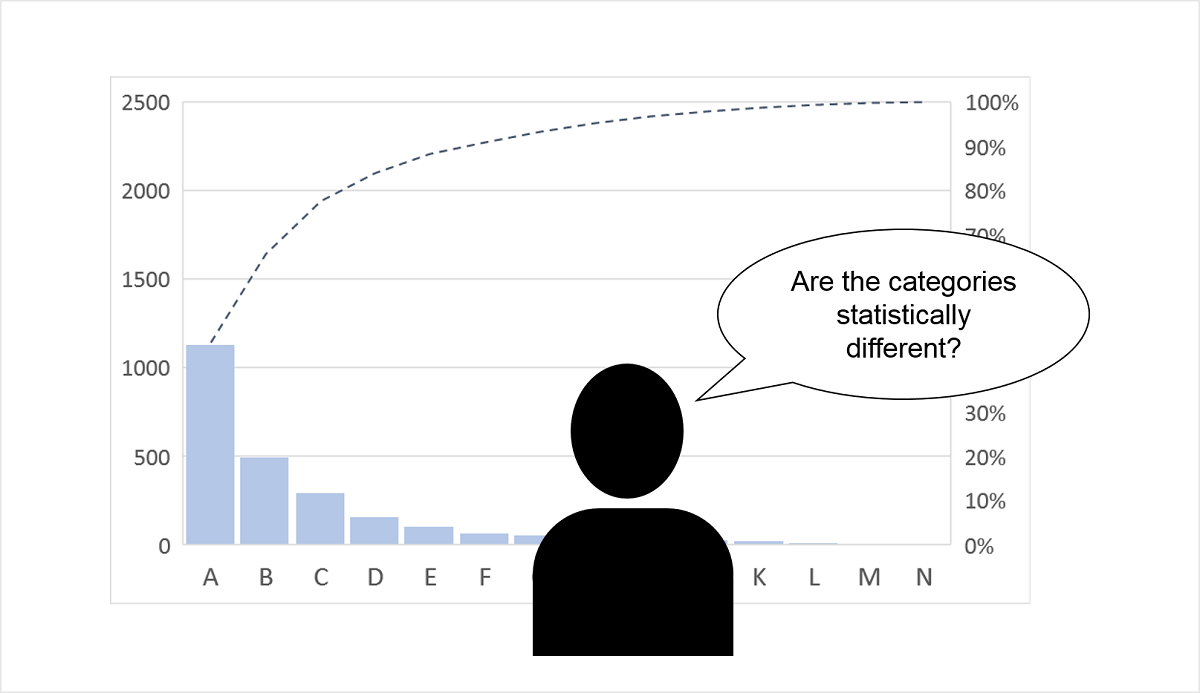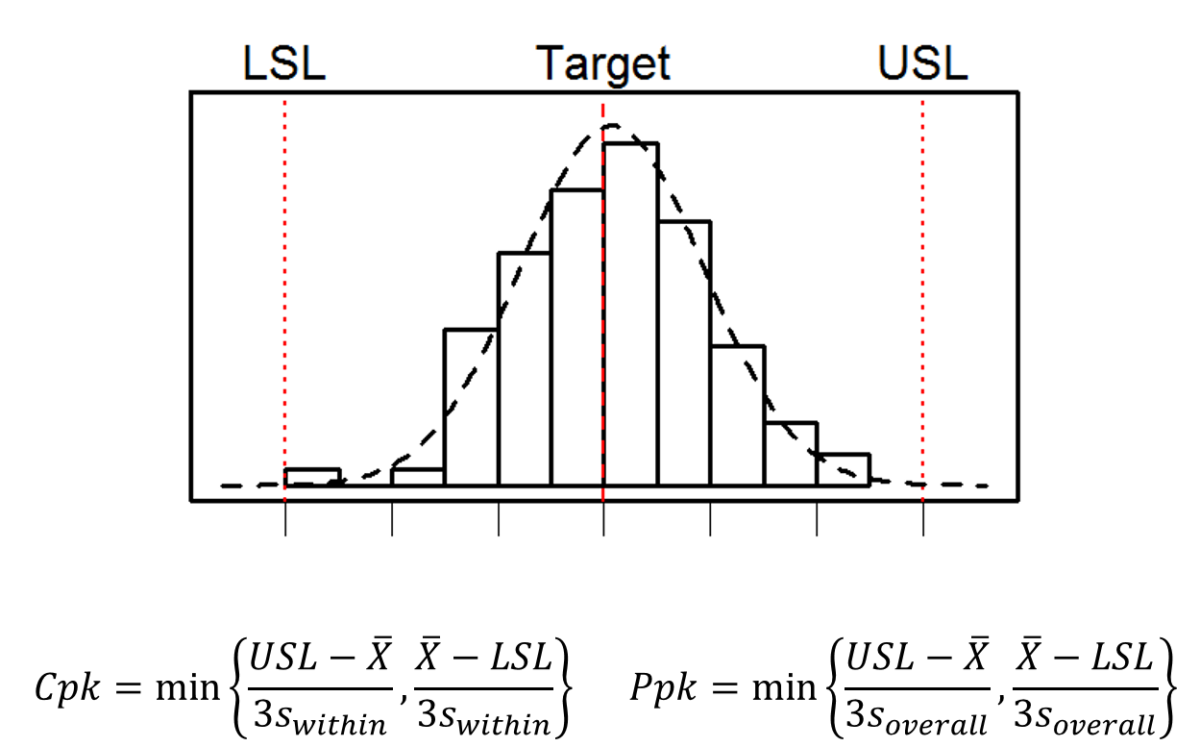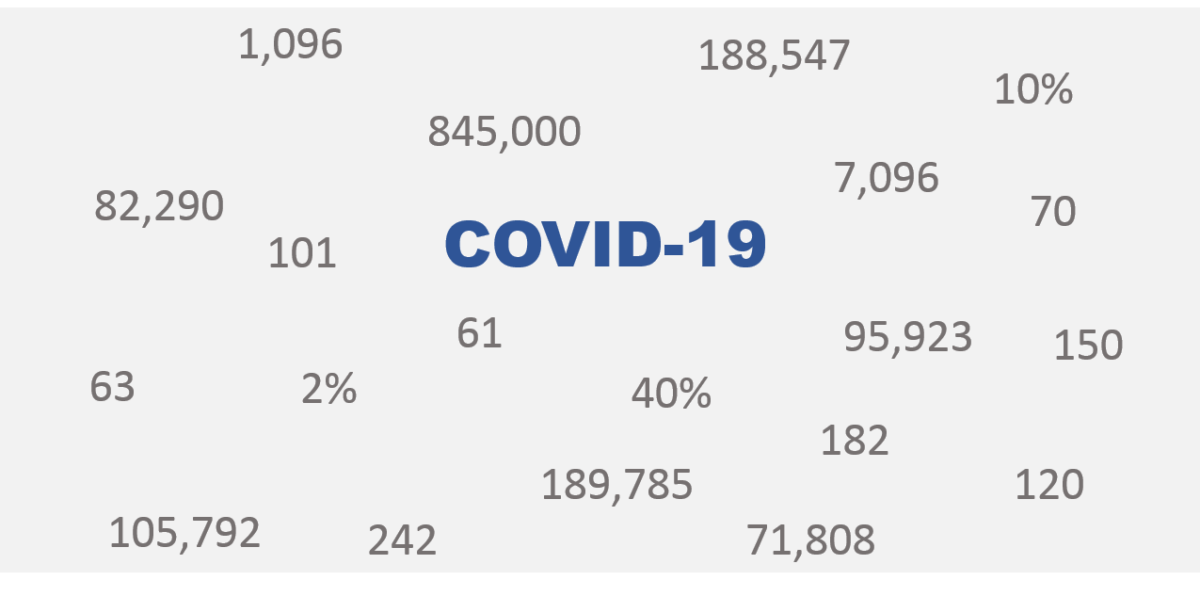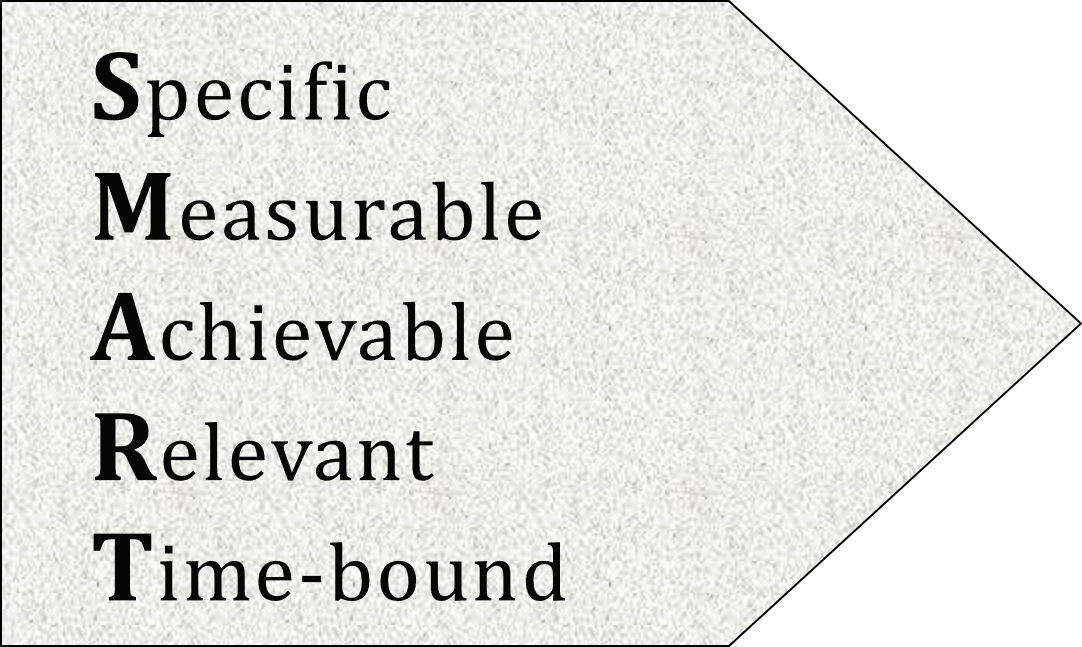Shortly after I wrote my last blog “On Statistics as a Method of Problem Solving,” I received the latest issue of Quality Progress, the official publication by the American Society for Quality. A Statistics article “Making the Cut – Critical values for Pareto comparisons remove statistical subjectivity” caught my attention because Pareto analysis is one… Continue reading The Practical Value of a Statistical Method
Tag: Statistical Thinking
On Statistics as a Method of Problem Solving
If you have taken a class in statistics, whether in college or as a part of professional training, how much has it helped you solve problems? Based on my observation, the answer is mostly not much. The primary reason is that most people are never taught statistics properly. Terms like null hypothesis and p-value just… Continue reading On Statistics as a Method of Problem Solving
Understanding Process Capability
Process capability is a key concept in Quality and Continuous Improvement (CI). For people not familiar with the concept, process capability is a process’s ability to consistently produce product that meets the customer requirements. Conceptually, process capability is simple. If a process makes products that meet the customer requirements all the time (i.e. 100%), it… Continue reading Understanding Process Capability
What Does the Data Tell Us?
It’s March 31, 2020. In the past 3 months, the novel coronavirus (COVID-19) has changed the world we live in. As the virus spreads around the globe, everyone is anxiously watching the latest statistics on confirmed cases and deaths attributed to the disease in various regions. With the latest technology, timely data is more accessible… Continue reading What Does the Data Tell Us?
Setting SMART Goals
Recently I had conversations with several people on different occasions about effective goal setting. It is a common practice to use Specific, Measurable, Achievable, Relevant, and Time-bound (SMART) as criteria to create goals. However, using SMART goals for effective management or decision making is not as simple as it appears. For example, “improve product ABC… Continue reading Setting SMART Goals





